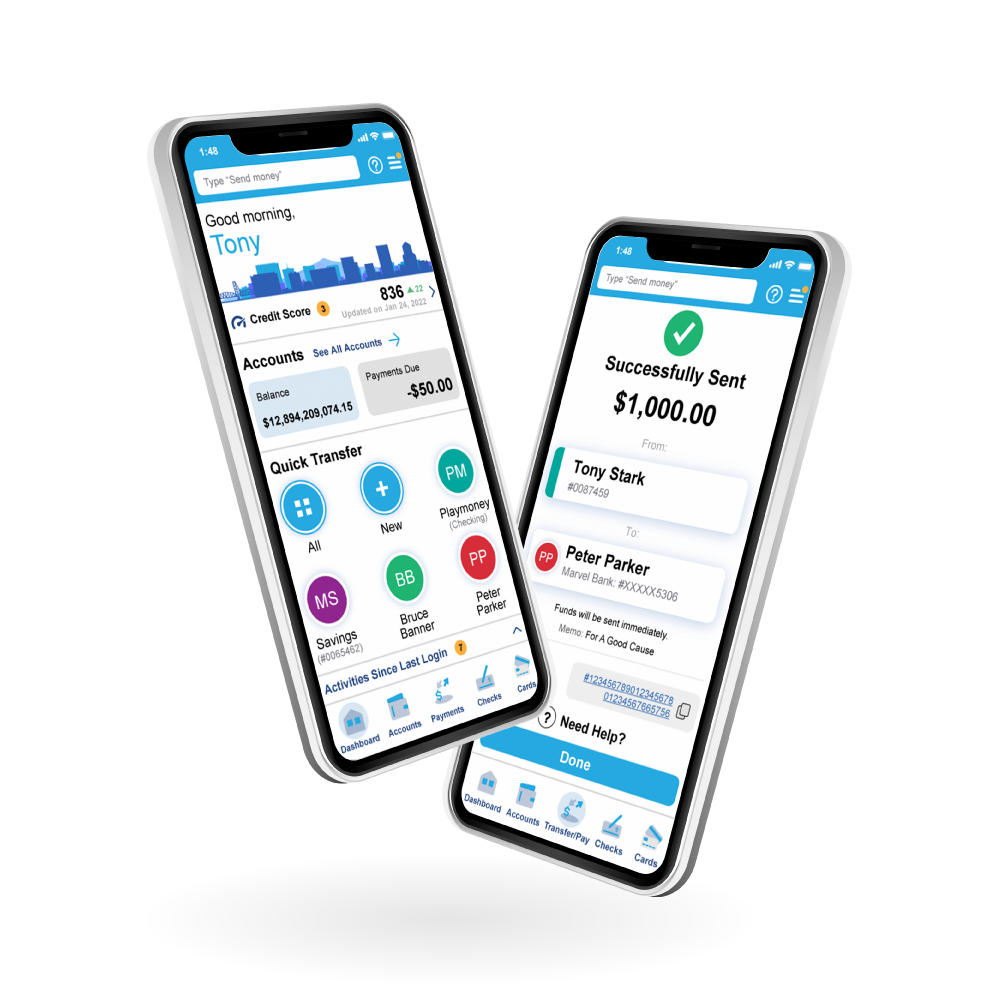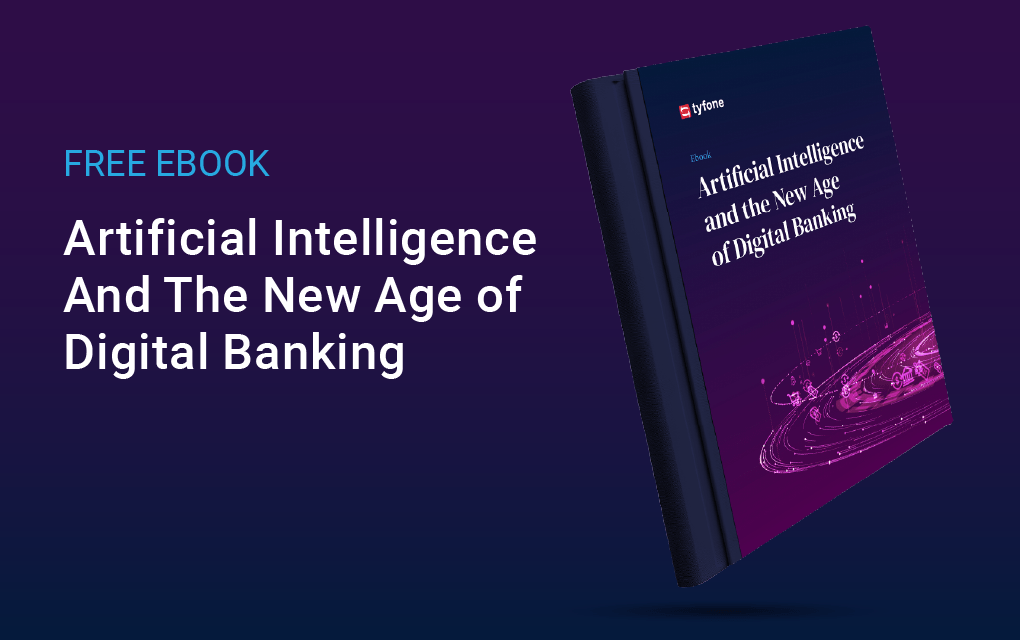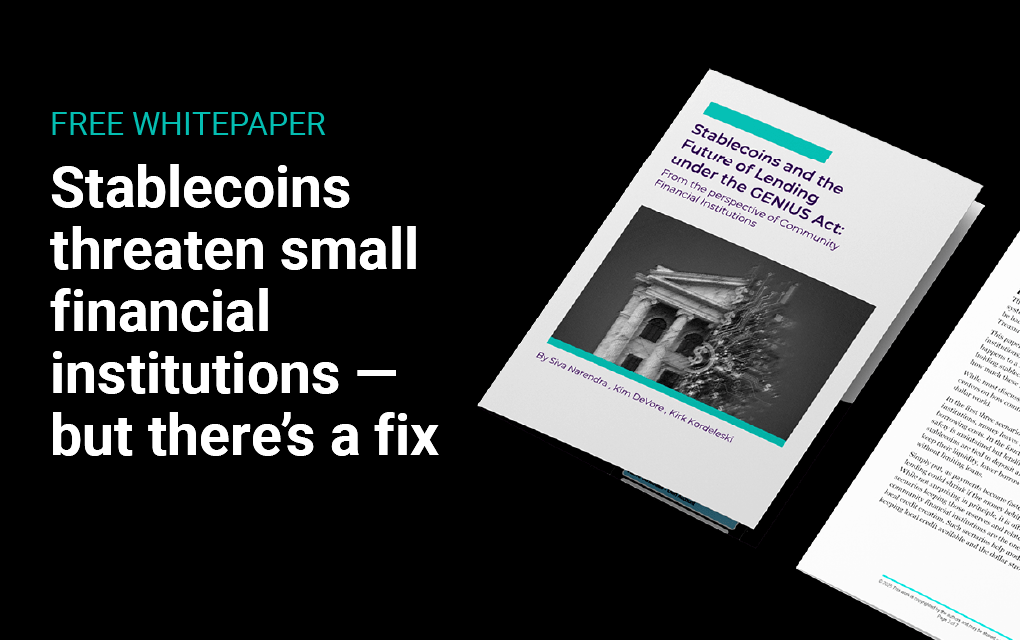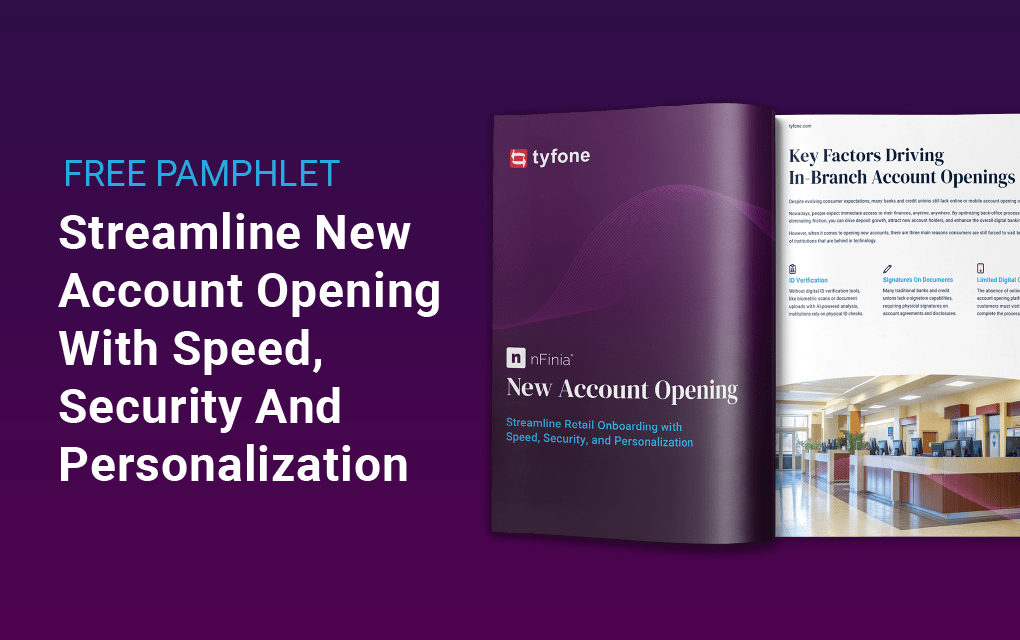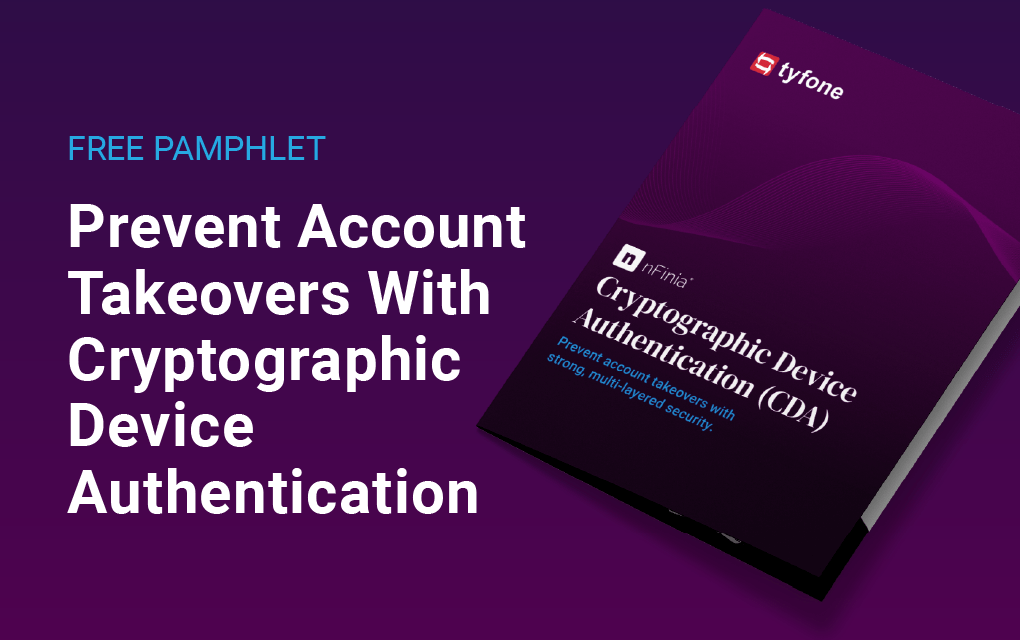Top 5 Digital Banking Trends To Look Out For In 2024
Digital banking is always evolving, transforming the way we manage our finances. Every year new technologies surface that redefine the banking experience, promising more convenience, security and efficiency for accountholders.
As we step into 2024, it’s important to take note of several technologies set to disrupt the fintech industry. Join us as we explore the top five innovations that will change digital banking as we know it.
1. Generative AI
Given the widespread adoption of AI, thanks to products like ChatGPT, it’s evident that AI is here to stay and will keep evolving. Generative AI represents a specialized branch of artificial intelligence concentrating on natural language processing and content creation. Its potential is very promising for the banking sector, especially regarding its application in enhancing customer service and overall experiences during the banking journey.
The strength of generative AI comes from its ability to create simulation scenarios based on patterns. This helps financial institutions understand their accountholders better and offer a personalized experience.
In the banking sector, generative AI finds multiple applications:
Risk Assessment and Fraud Detection:
AI models can generate data that resembles real transactional behavior. This helps financial institutions train their systems to detect anomalies or potential fraud more effectively.
Tailored Financial Services:
AI has the ability to craft personalized investment portfolios or financial strategies by leveraging specific customer data and preferences. This utilization of AI can boost the number of services offered by financial institutions, ensuring personalized recommendations based on specific needs and goals. Thanks to this tailored approach, financial institutions can create a deeper bond with their accountholders.
Customer Service and Chatbots:
Generative models are used to create more advanced and realistic chatbots that can interact with customers, answer their questions, provide account information, or generate personalized recommendations based on accountholder data. These kinds of self-service technologies will continue growing because they reduce stress on operation teams by lowering the volume of inbound calls and save time for the end-user.
Loan Approvals:
Generative AI models can predict creditworthiness by creating data models based on history of the accountholder, allowing financial institutions to make more accurate decisions on loan approvals.
2. Omnichannel Banking
Omnichannel banking is a strategy adopted by financial institutions to offer a seamless experience across both physical and digital channels such as branches, mobile apps, websites, ATMs, and customer service centers. Although the term omnichannel has been around for nearly a decade, technology is finally able to deliver on the omnichannel promise.
Omnichannel banking ensures that accountholders receive a unified experience, regardless of which platform they use. For example an accountholder could start a transaction on their tablet during a bus trip and complete it at a physical branch or by calling a customer service representative. The ability to start, pause, and resume interactions across channels is extremely important in the current digital banking landscape and will only grow stronger as new technologies are released.
Another great thing about omnichannel banking is that it thrives on data integration and analysis, helping financial institutions to understand their accountholders on a deeper level. Thanks to this data, financial institutions can personalize offerings, recommendations, and services.
Last, but not least, omnichannel banking puts accountholders at the center of a financial institution’s priority. This means that financial institutions can better anticipate accountholder needs and provide them with flexibility when conducting financial transactions. Creating a connection with accountholders is paramount because it ensures retention and good word of mouth, meaning more future business.
Our nFinia digital banking platform delivers a consistent and familiar user experience across every screen big or small. Our ultra-modern enterprise solution allows financial institutions to deliver a robust digital banking experience to their accountholders. It offers a quick-to-build, customizable, and extensible solution for mobile devices, browsers, voice assistants, and wearables.
If you are looking for a true omnichannel experience, we are the right partner for you.
3. Biometric In-Store Payments
Biometric in-store payments are on their way to disrupt transactions in brick-and-mortar stores. Rather than using traditional methods like cash or cards, these systems rely on facial recognition, fingerprints, or eye scans to authenticate and authorize payments.
When making a purchase, customers will have the flexibility to use their biometric data linked to their bank accounts instead of having to use debit or credit cards.This technology also enhances security against fraud because it is much harder to replicate compared to stealing card information.
Moreover, this technology increases the customer experience by alleviating concerns about forgotten card PINs and lost wallets.
While biometric payments offer a higher layer of security and convenience, they still are rather controversial because many people don’t trust these types of technologies yet.
Achieving a balance between convenience and safety will become very important for widespread acceptance, as safeguarding individuals’ biometric data should always be the main focus.
It is worth noting that Amazon has already started implementing this technology with retailers and JP Morgan is rolling out a pilot program soon.
4. FedNow Instant Payment Service
The Federal Reserve recently launched its FedNow Instant Payments Service, and is in the process of disrupting the way U.S. financial institutions of all sizes offer instant payments to their accountholders.
The primary goal of FedNow is to modernize the country’s payment infrastructure by enabling faster and more accessible transactions. Traditionally, electronic payments took hours or even days to settle. The FedNow service is addressing this by providing instant payment and settlement capabilities.
Moreover, Fednow is flexible and serves as an utility real-time payment rail. This enables financial institutions to seamlessly integrate FedNow instant payments into existing payment embedded use cases such as A2A external transfers, P2P, BIll Payment, Disbursements, Payroll, tax payments and other use cases that utilize ACH for settlement.
The affordability of FedNow empowers organizations of all sizes, allowing them to provide real-time payment functionalities to their accountholders without significant expense.
On a daily basis, financial institutions are embracing the FedNow solution for a range of new use cases. Here are the main ones we’ve observed:
Instant Payroll:
Instant payments revolutionize how companies manage payroll, ensuring efficiency for both routine and emergency scenarios.
Digital Wallet Transfers:
Real-time payments empower consumers to swiftly transfer funds from their digital wallet to their financial institution account. This seamless process ensures that they gain immediate access to their funds.
Earned Wage Access:
Workers receive their earnings in advance of their scheduled payday or on the same workday, ensuring immediate financial flexibility for expenses like bills, groceries, or emergencies.
Insurance Claims / Tax Returns:
The US Treasury seamlessly integrates with FedNow, enabling members with instant access to tax returns, streamlining management of their financial well-being.
Here at Tyfone, we are able to integrate the newly released FedNow instant payment solution onto our nFinia digital banking solution, paving the way for lightning fast payments.
Thanks to our technology, one of our customers, Star One Credit Union, was able to be the first credit union to go live on July 20th 2023 with receive and send functionality on the FedNow rails.
Click below to read our exclusive FedNow case study with Minal Gupta, SVP of Operations at Star One.
5. Blockchain and Cryptocurrency
Cryptocurrency has emerged as a disruptive force in the realm of digital banking, reshaping traditional financial systems.
At its core, blockchain serves as a decentralized ledger that records transactions across a network of computers, enhancing transparency and security. Banks are increasingly exploring blockchain’s potential to streamline various processes, such as cross-border payments, trade finance, and identity verification.
Cryptocurrency, the main application of blockchain, has received attention from the masses.These currencies, like Bitcoin and Ethereum, operate independently of central banks and are stored in digital wallets.
Financial institutions are navigating ways to integrate cryptocurrencies into their offerings. Some of the financial institutions in the U.S. that allow cryptocurrencies include Ally Bank, JP Morgan, USAA and Goldman Sachs.
While the potential benefits are significant, regulatory and security concerns remain prominent hurdles for widespread adoption. Regulatory frameworks are evolving to address issues like consumer protection, money laundering, and market stability.
Despite the ongoing regulatory hurdles faced by cryptocurrencies and blockchain technology in general, a notable exception stands out — stablecoins. This specific blockchain innovation is set to play a pivotal trend within the banking industry for 2024.
Stablecoins represent a category of cryptocurrencies tethered to fiat currencies like the U.S. Dollar (USD) or the Euro, designed to mitigate the volatility associated with other prominent cryptocurrencies such as Bitcoin and Ethereum.
The U.S. momentum in stablecoin development gained substantial traction in August 2023 when PayPal introduced PayPal USD (PYUSD), a stablecoin pegged to the U.S. Dollar.

